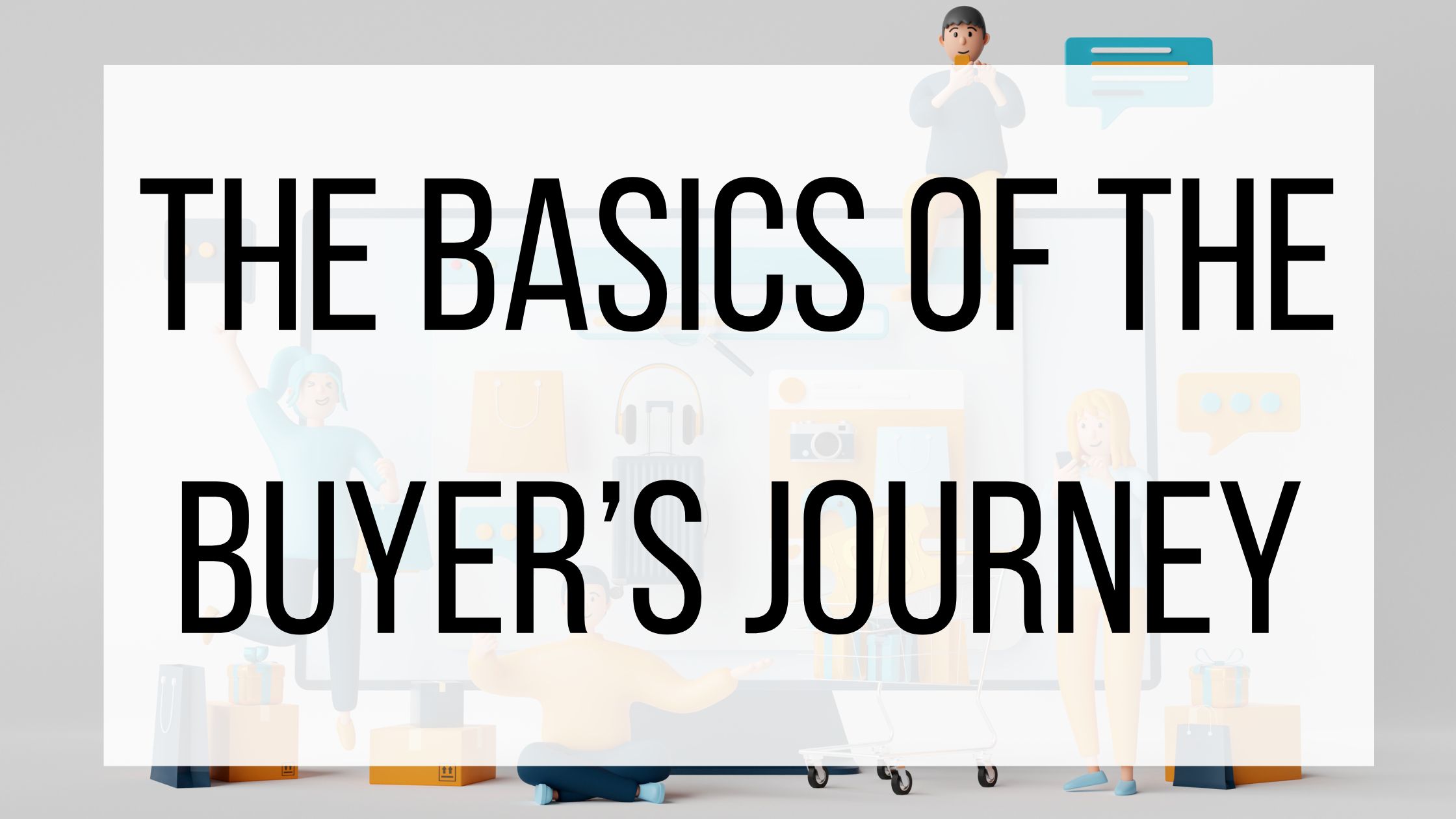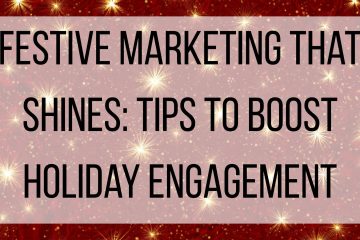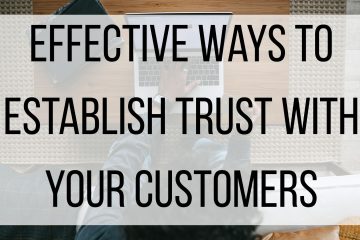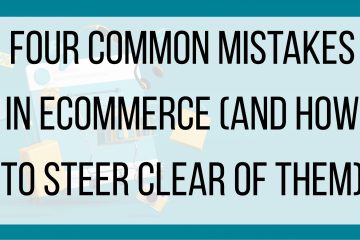The Basics Of The Buyer’s Journey

One of the key elements in successfully running a business is grasping your customers’ needs and understanding their “journey” to making a purchase with you. Although the term “journey” might sound like a long process towards a final product, the truth is that this process often unfolds quickly. Buyers may not always complete their journey, depending on how well each step is executed. By understanding and personalizing the stages of the buyer’s journey, you can significantly boost sales and enhance customer satisfaction.
What Is The Buyer’s Journey?
The buyer’s journey consists of three phases in the purchasing process, often compared to a funnel. These phases include the Awareness Stage (top of the funnel), the Consideration Stage (middle), and the Decision Stage (bottom). Each phase plays an important role in influencing the customer’s purchasing decision, so it’s essential to understand them in order to help guide buyers in making the best decision for themselves.
Why The Buyer’s Journey Matters:
The buyer’s journey gives you insight into the choices buyers make during each step of the sales process, so that you are able to meet their needs in the moment. Aside from increased sales, it also offers improved content strategy and a better overall customer experience.
Stages Of The Buyer’s Journey:
Awareness:
In this phase, buyers identify a problem they have and recognize that you might offer a solution. While buyers are in the awareness phase, make sure that you have enough information for them to educate themselves on who you are and how you can help solve their problem. Understanding how buyers articulate their goals or challenges, the information they seek, the consequences of not taking action, potential misconceptions, and how urgent their needs are is crucial. Content ideas for this stage include informative blog posts, engaging social media content, or badges on your website.
Consideration:
In the second stage, buyers have recognized their issue and are committed to addressing it. They will evaluate available options and conduct extensive research to find the best fit. If your business is on their radar, this is the time to build a relationship with the customer. Maintaining an active website and engaging social media presence can facilitate this connection. Positive reviews from past customers will also aid in this process, as they provide unbiased perspectives from those who have experienced your product. Pay attention to the types of solutions buyers are exploring, how they are assessing their options, and the pros and cons they are weighing for each solution.
Decision:
In the final stage of the buyer’s journey, the customer reaches a conclusion about the best solution for them. Investigate the criteria they used to make their decision, the advantages and disadvantages of your offerings compared to competitors, who else was involved in the decision-making process (like family and friends), and any additional preparations they might need beyond the primary purchase. At this stage, your goal is to convert leads into customers. Ensure that you wow them with your product and provide outstanding customer service to express gratitude for their trust in your brand. Continue to engage with them and showcase new ways they can utilize your product.
Once a customer decides to purchase from you, don’t stop nurturing that relationship. If they only make it to the awareness or consideration stage, make it clear you would love for them to consider you again for future purchases. Engage with them on social media, offer small loyalty discounts or flash sales, and genuinely listen to their feedback, both positive and negative. Your business should tailor its sales funnel to align with each buyer’s unique journey. While this may vary from company to company, a solid understanding of your customers will pave the way for a seamless and successful journey.



1 Comment
dedepo · May 5, 2025 at 3:36 am
Great summary! Understanding and supporting each stage of the buyer’s journey is truly key to building trust and driving long-term success.